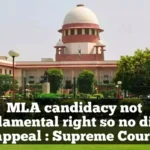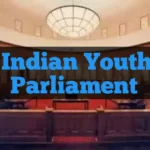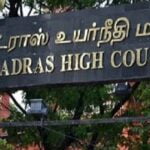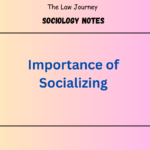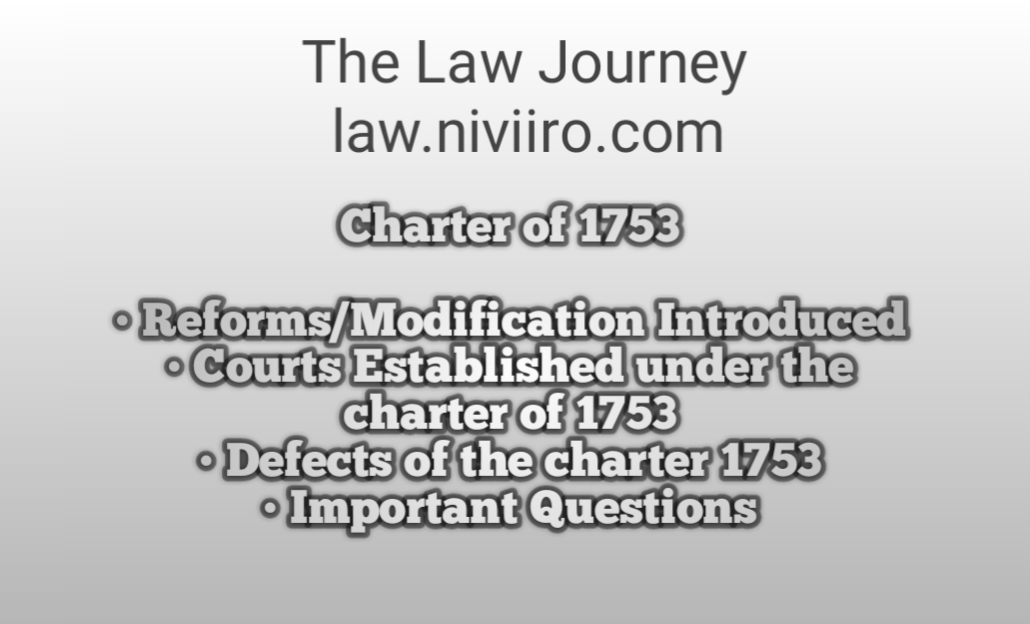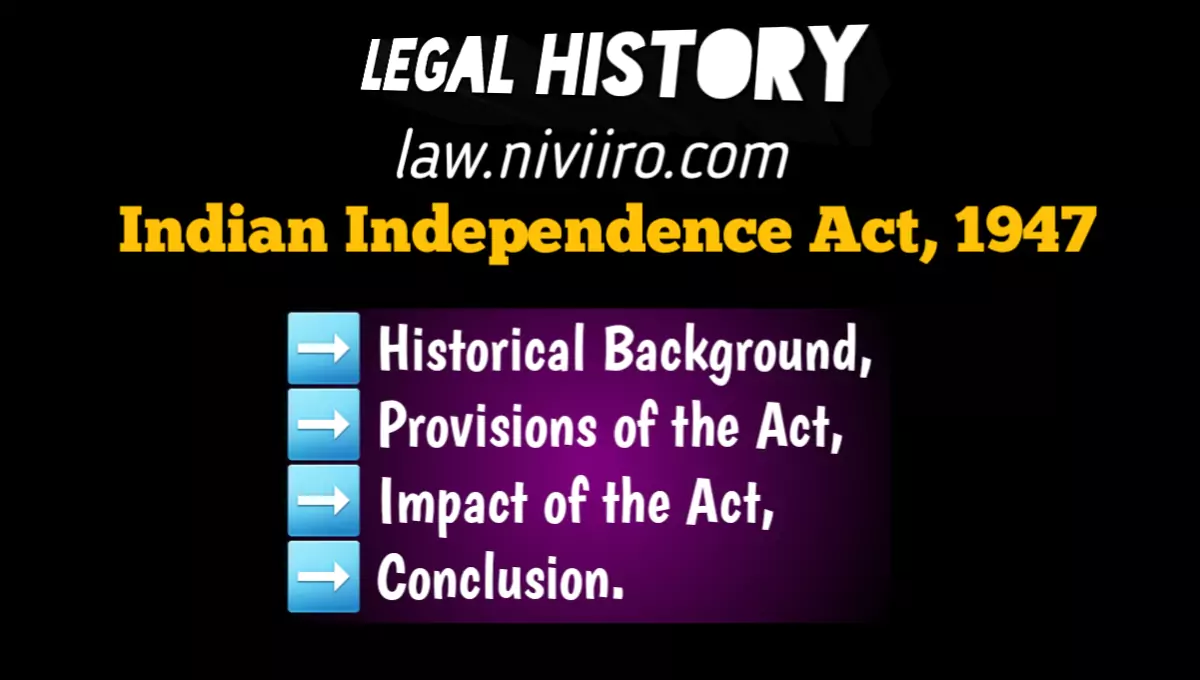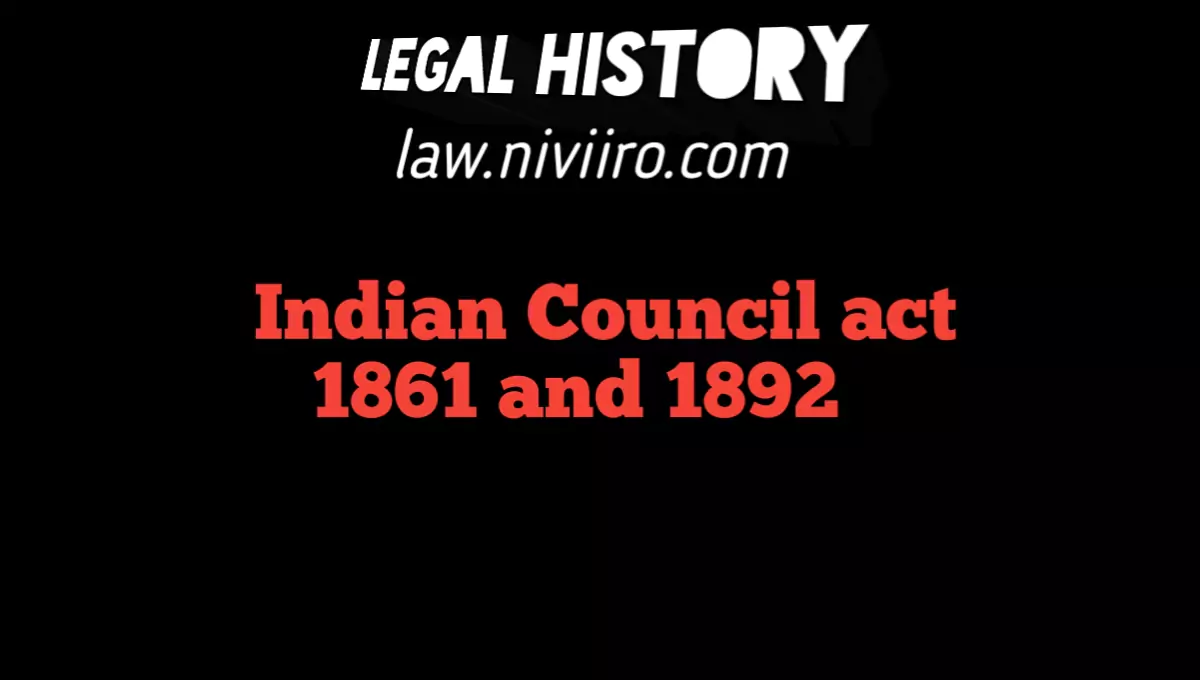Charter of 1753, In September, 1746 the French occupied Madras and surrendered it to the British in August, 1749 So lawyer advised company to issue a fresh charter on 8th January 1753,king George second granted a new charter to revise the judicial setup of Madras and to remove the defect of the previous charter.
Reforms/Modification Introduced under Charter of 1753
The Charter of 1753 was a modified version of the Charter of 1726 that established Mayor Courts in three Presidency towns, subject to the following amendments:
1. Changes were made to the way the mayor and aldermen were appointed to end the rift between the Mayor’s Court and the governor and council.The alderman was to be appointed by the governor and council.The mayor, governor and council were to choose from a panel of two names of aldermen presented by the corporation each year. Therefore, the mayor and aldermen became the nominees of the government.As a result, the Mayor’s Court lost its former autonomy and independence.
2. The jurisdiction of the Mayor’s Court was restricted.The Charter excluded the jurisdiction of the Court for all litigation and actions between the natives, unless submitted by both parties.
3. The Charter also provided for evidence on oath by Christians and for Hindus, it was said that the oath should be taken in a manner considered most binding on their conscience according to their own caste.
4. Now the litigants would deposit court fee with Government and not to with Court.
5. The charter also created a court of request at each Presidency Towns of Bombay, Calcutta and Madras.
6. Court of Request :- The court was to decide the civil case up to five pagodas. Its original objective was to provide speedy and cheap justice. This court was for the poor people. This court met once a week and cases were to be decided by commissioners numbering between 8 and 26. Earlier the commissioner was to be appointed by the council.
Courts Established under the charter of 1753
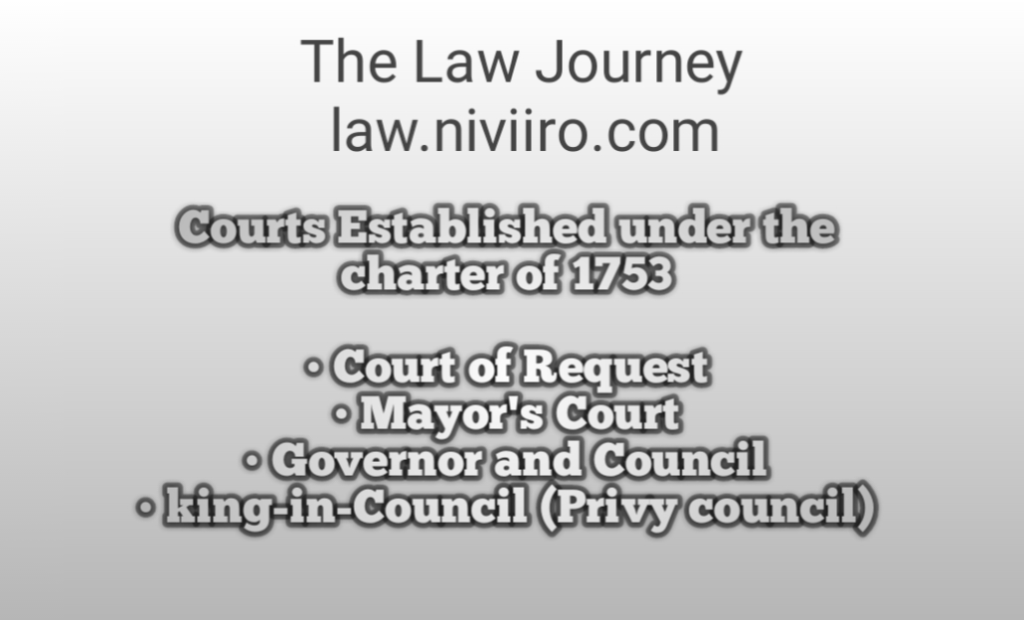
1. Court of Request :- It could decide civil cases of 5 pagodas,one for each presidency.
2. Mayor’s Court :- It could hear civil cases more than 5 Pagoda’s,one for each Presidency.
3. Governor and Council :- It’s empowered to decide criminal cases and such power was given to as appellate Court to hear civil appeals from the mayor Court.
4. king-in-Council (Privy council) :- It was the highest court of appeal.this court here appeal from Governor and council in all civil cases up to 1000 Pagoda’s.
Defects of the charter 1753
1. According to this act all Powers of executives given to upper hand which means king-in-Council.
2. Judicial independence was not found.
3. Not any legal expert appointed so the end of authority of Mayor’s Court.
4. No any Indians were appointed in judiciary.
5. The Appeals of king in Council was very expensive.
Related Post
Important Questions | Charter of 1753
Write Main Objectives of charter of 1753 ?
The Objectives of charter of 1753 to revise the judicial setup of Madras and to remove the defect of the previous charter.
Describe the Reform Introduced under the charter 1753 ?
The Charter of 1753 was a modified version of the Charter of 1726 that established Mayor Courts in three Presidency towns, subject to the following amendments:
1. Changes were made to the way the mayor and aldermen were appointed to end the rift between the Mayor’s Court and the governor and council.The alderman was to be appointed by the governor and council.e.
2. The jurisdiction of the Mayor’s Court was restricted.The Charter excluded the jurisdiction of the Court for all litigation and actions between the natives, unless submitted by both parties.
3. The Charter also provided for evidence on oath by Christians and for Hindus, it was said that the oath should be taken in a manner considered most binding on their conscience according to their own caste.
4. Now the litigants would deposit court fee with Government and not to with Court………
What was the ‘Court of Request’ ?
The court was to decide the civil case up to five pagodas. Its original objective was to provide speedy and cheap justice. This court was for the poor people. This court met once a week and cases were to be decided by commissioners numbering between 8 and 26. Earlier the commissioner was to be appointed by the council.
Explain the Hierarchy of court under the charter act 1753 ?
1. according to this act all Powers of executives given to upper hand which means king-in-Council.
2. Mayor’s Court :- It could hear civil cases more than 5 Pagoda’s,one for each Presidency…………….
What were the defects of the charter 1753 ?
1. According to this act all Powers of executives given to upper hand which means king-in-Council.
2. Judicial independence was not found.
3. Not any legal expert appointed so the end of authority of Mayor’s Court.
4. No any Indians were appointed in judiciary.
5. The Appeals of king in Council was very expensive.
Refrences Book
- V.D. Kulshrestha, Landmarks in Indian Legal History
- Indian legal and constitutional history by Dr. N. V. Paranjape
- A.B. Keith, Constitutional History of India
- M. Rama Jois, Legal and Constitutional History of India
- Rankin G.C. Background to Indian Law
- M.P. Jain, Outlines of India Legal History



